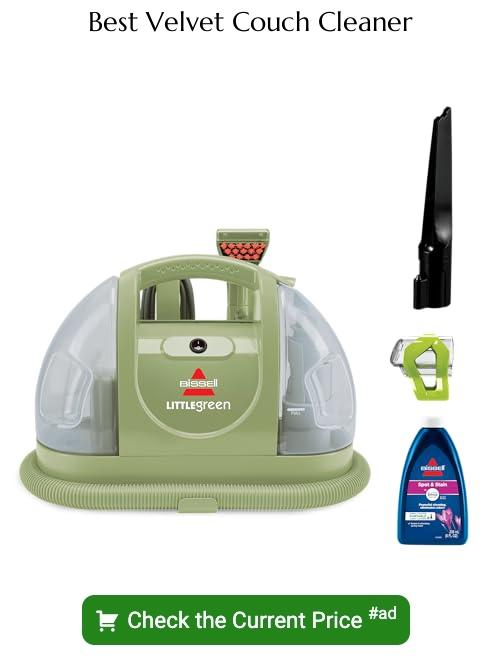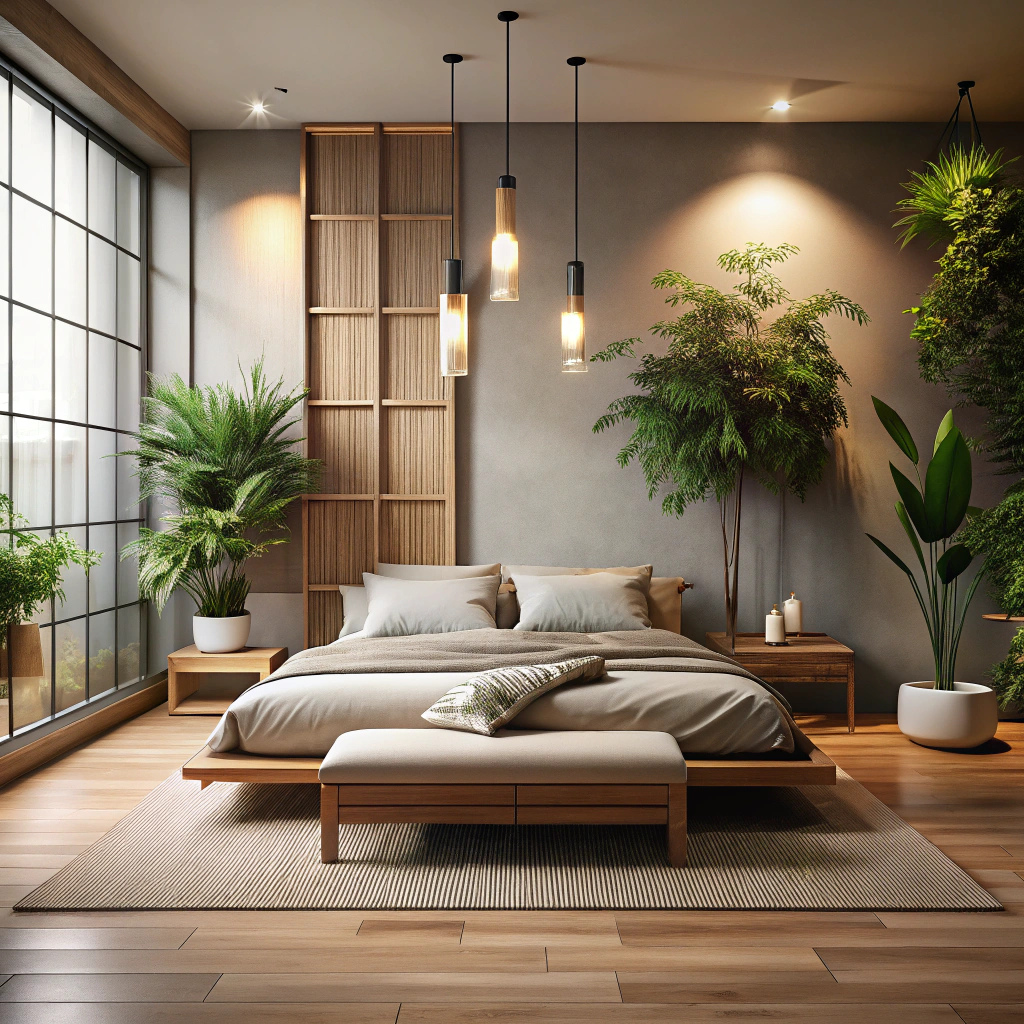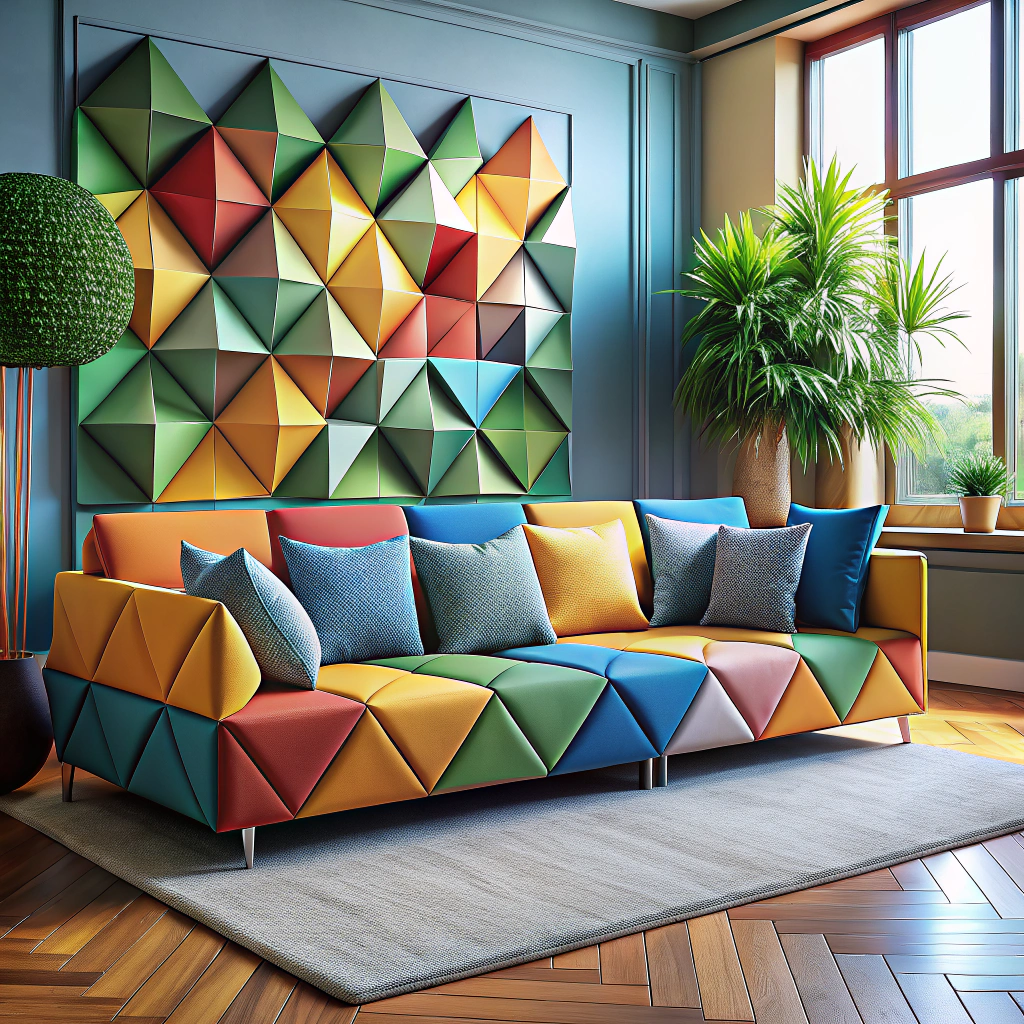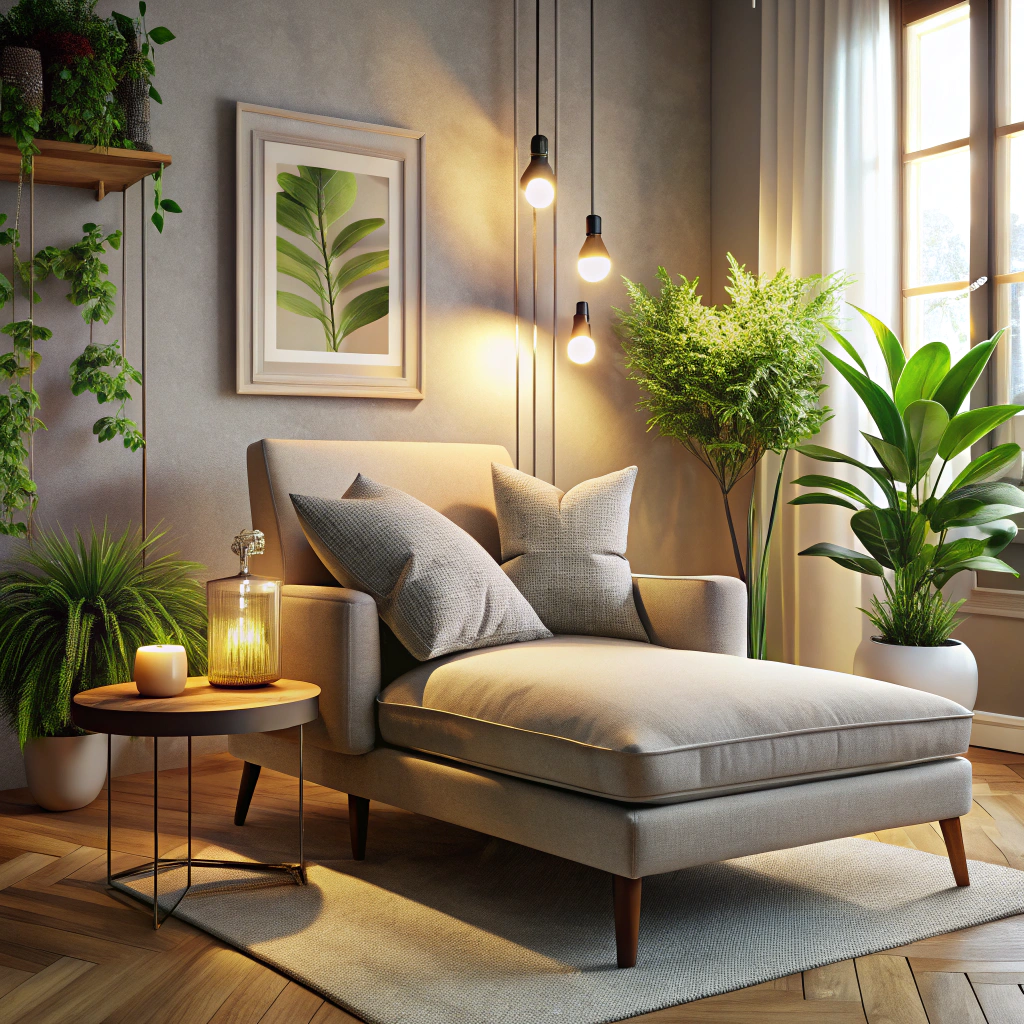Last updated on
Discover the perks and drawbacks of choosing velvet as your couch material in this comprehensive analysis.
Velvet is a luxurious and timeless fabric that has been used in home decor for centuries. It’s soft, plush texture and rich color options make it a popular choice for upholstery, especially on couches.
But is velvet really a good material for a couch? While some may argue that it’s too delicate or high-maintenance, others swear by its durability and comfort. In this article, we’ll dive deeper into the pros and cons of using velvet as your couch upholstery material, helping you make an informed decision on whether or not to invest in this luxurious fabric.
So let’s get started!
Table of Contents
Historical Use of Velvet
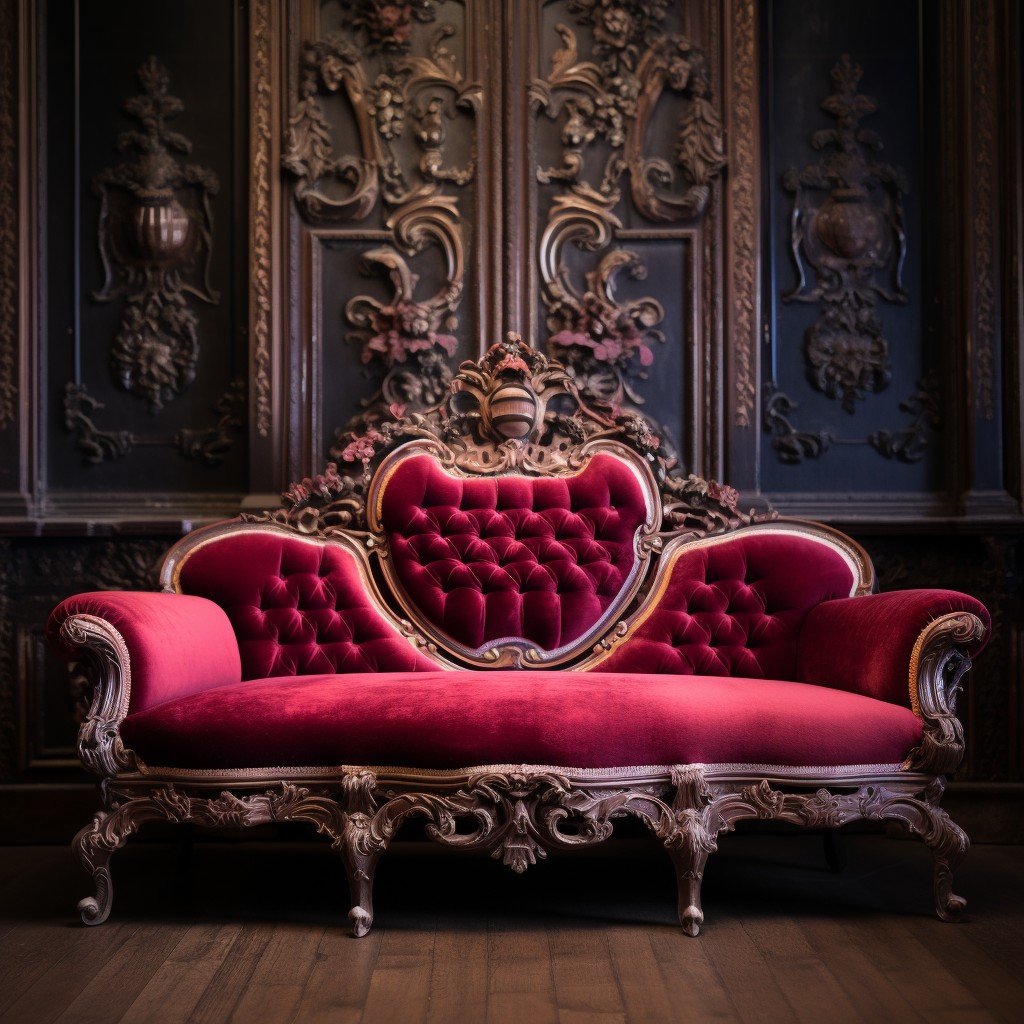
It was first introduced in the Middle East during the 14th century and quickly became popular among European nobility. Velvet was used to create elaborate clothing, tapestries, and furnishings for palaces and castles.
During the Renaissance period in Europe, velvet production spread throughout Italy where it became an important industry. The fabric’s popularity continued to grow as it was used for royal garments such as robes of state worn by monarchs.
In more recent times, velvet has become a staple material in fashion design with designers using it to create elegant evening gowns or stylish jackets. In home decor too, this luxurious fabric is still highly sought after due to its soft texture that adds warmth and comfort while also adding sophistication.
Today there are many different types of velvets available on the market ranging from cotton velvets which are affordable options suitable for everyday use; silk velvets which have a lustrous sheen making them perfect for formal settings; mohair or wool blends that offer durability without sacrificing softness; polyester blends that provide easy maintenance at an affordable price point – just some examples!
Velvet Fabric Properties
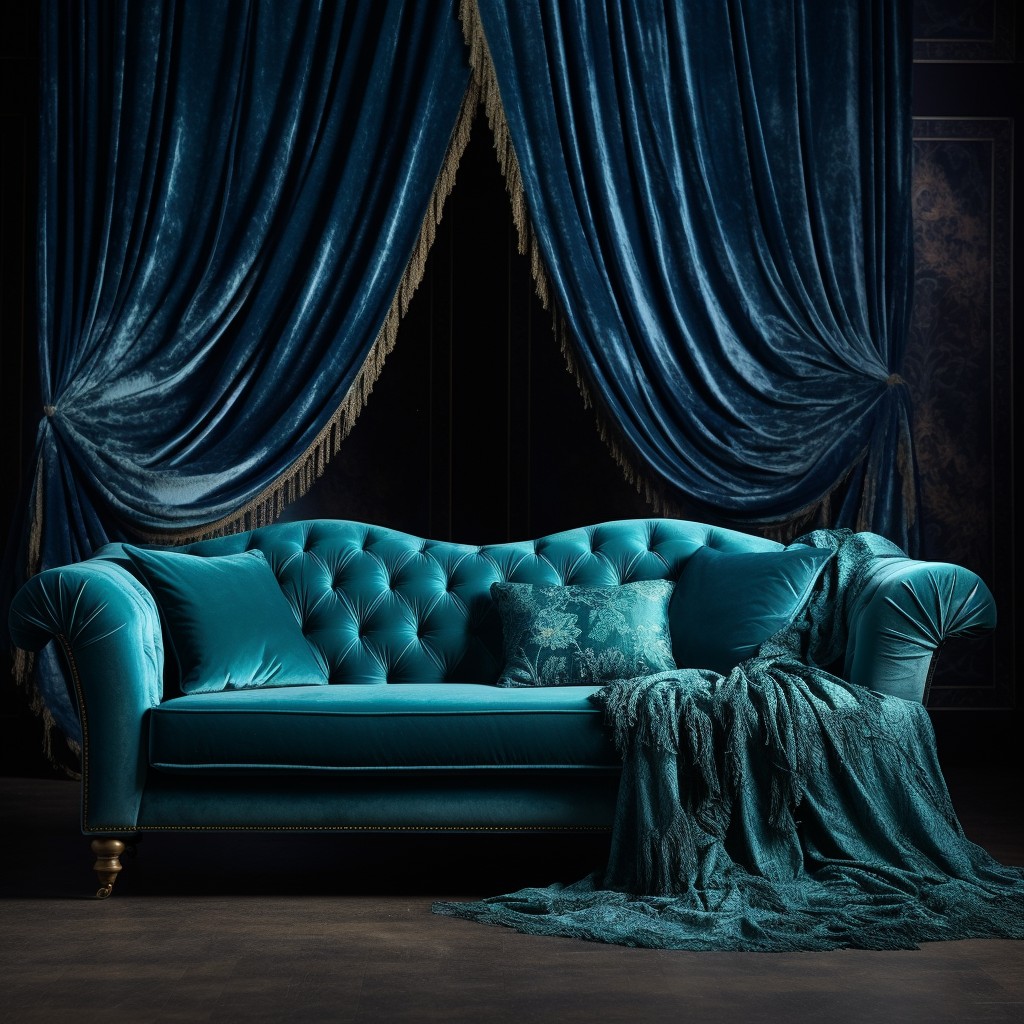
One of the most notable features of velvet is its soft and plush texture, which makes it incredibly comfortable to sit on. The fabric’s pile height can vary, with some velvets having a shorter pile while others have a longer one.
Another characteristic of velvet is its ability to reflect light in different ways depending on the angle at which it’s viewed. This gives velvet an iridescent quality that adds depth and dimensionality to any piece upholstered in this material.
However, there are also some drawbacks associated with using velvet as your couch upholstery material. For example, because the fibers are so densely packed together, they can be difficult to clean if spills or stains occur.
Certain types of velvet may be prone to crushing or matting over time if not properly cared for.
Types of Velvet
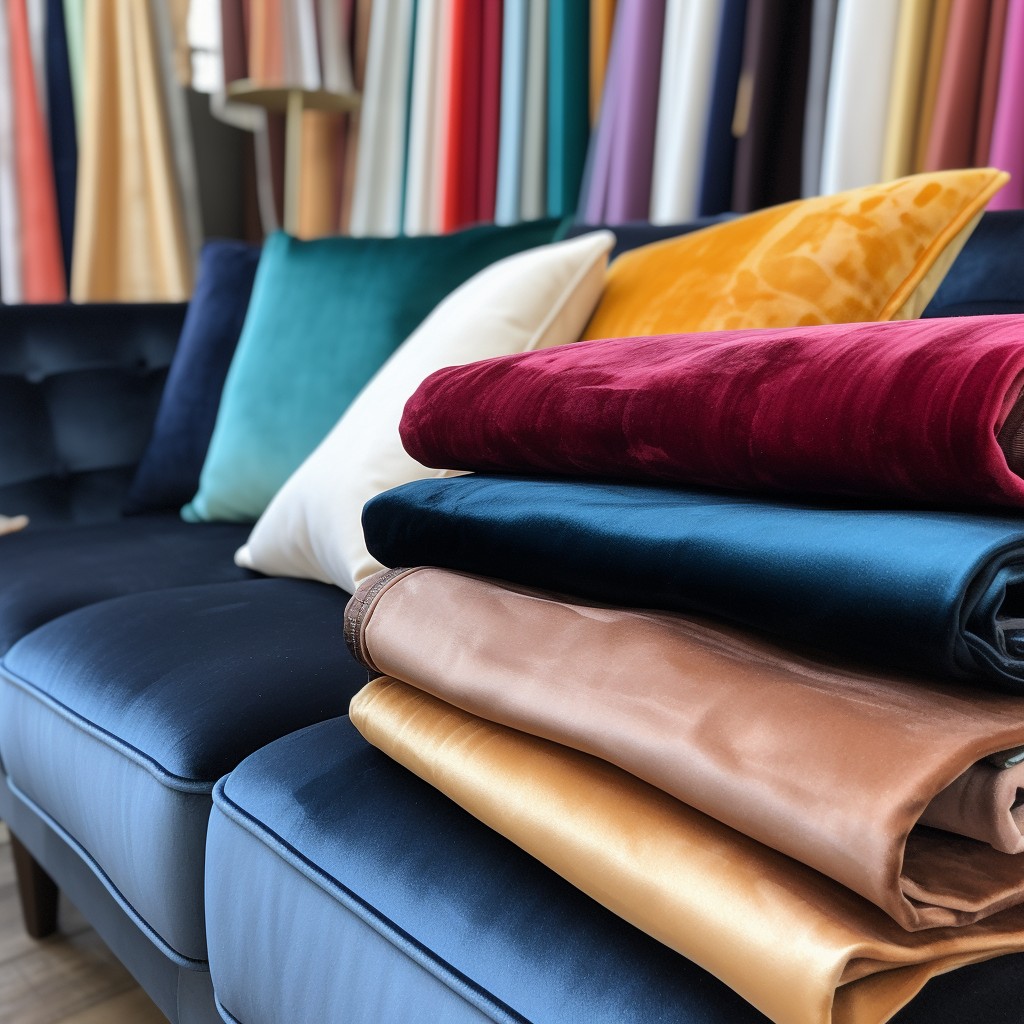
The most common types of velvet include silk, cotton, mohair and polyester. Silk velvet is the most luxurious type of velvet and has a soft sheen that gives it an elegant look.
Cotton velvet is more durable than silk but less lustrous; it’s also easier to clean and maintain.
Mohair Velvet has longer fibers than other velvets which make it more resistant to crushing or matting down over time while still being incredibly soft to the touch.
Polyester Velvet can be made from synthetic materials making them less expensive than natural fiber options like cotton or mohair but they may not have as rich of colors or feel quite as plush under your fingertips.
Pros of Velvet Couches

One of the biggest pros is their luxurious and elegant appearance. Velvet has a unique sheen and texture that can add depth, richness, and sophistication to any room.
It’s also available in many different colors, from bold jewel tones to soft pastels or neutrals.
Another advantage of velvet couches is their comfort level. The fabric is incredibly soft and plush, making it perfect for lounging or snuggling up with loved ones on movie nights.
In addition to its aesthetic appeal and comfort factor, velvet also has practical benefits as an upholstery material. It’s durable enough to withstand regular use without showing signs of wear-and-tear quickly like other fabrics such as linen or cotton would do over time.
Cons of Velvet Couches
One of the biggest cons of velvet is its high-maintenance nature. Velvet requires regular cleaning and care to maintain its plush texture and appearance, which can be time-consuming and costly in the long run.
Another downside to velvet is that it tends to attract dust, pet hair, and other debris more easily than other upholstery materials like leather or microfiber. This means that if you have pets or young children who are prone to spills or accidents on your furniture, a velvet couch may not be the best choice for your household.
While there are many color options available for velvet sofas – from rich jewel tones to soft pastels – darker colors tend to show wear-and-tear more quickly than lighter shades due to fading over time.
Is Velvet a Durable Material for a Sofa?
After all, you want your investment to last for years without showing signs of wear and tear. So how does velvet stack up in terms of durability? The answer is that it depends on the type of velvet and how well you care for your sofa.
Velvet can be made from various fibers such as silk, cotton or polyester which affects its strength and longevity. Silk velvet may look luxurious but isn’t very durable while synthetic velvets are more resilient due to their high resistance against abrasion.
Another factor that determines the lifespan of a velvet couch is maintenance. Regular cleaning with appropriate products will help keep dirt at bay preventing damage caused by friction when people sit on the sofa.
Are Velvet Sofas Suitable for Pet Owners?
While velvet can add elegance and sophistication to any living space, it’s important to consider the practicality of this fabric when it comes to pets.
One of the main concerns with owning a velvet sofa as a pet owner is that pets tend to shed hair and claws can easily scratch or snag the delicate fibers. However, there are ways around these issues.
For example, choosing darker colors or patterns can help camouflage any shedding fur from your furry friends.
Another option would be investing in protective covers specifically designed for furniture with pets in mind. These covers will not only protect against scratches but also make cleaning up after your pet much easier.
Ultimately though, whether or not you choose velvet as an upholstery material depends on how well-behaved your pets are and how willing you are to put in extra effort into maintaining its appearance over time.
Comparing Velvet to Other Upholstery Materials
Other popular materials include leather, microfiber, linen and cotton. Each material has its own unique set of pros and cons that should be considered before making a decision.
Leather is known for its durability and easy maintenance but can be expensive. Microfiber is affordable and stain-resistant but may not have the same luxurious feel as velvet or leather.
Linen offers a natural look with breathable fabric properties but can wrinkle easily if not cared for properly.
Cotton provides comfort with softness while being durable enough to withstand daily use; however, it may require more frequent cleaning than other materials due to its absorbent nature.
Choosing the Right Velvet Color
First and foremost, think about the overall aesthetic of your living space. Do you want your couch to blend in or stand out? If you’re going for a more neutral look, consider shades like beige, gray or navy blue.
These colors will complement most decor styles and won’t clash with other furniture pieces.
On the other hand, if you want your velvet sofa to be the focal point of the room then go bold! Jewel tones like emerald green or sapphire blue can add an instant pop of color and drama that will make any space feel luxurious.
Another factor is practicality – darker colors tend not show stains as easily as lighter ones so they may be better suited for high-traffic areas where spills are likely.
What Type of Velvet Is Best for Upholstery?
The type of velvet you choose can affect the durability, texture, and overall appearance of your sofa. Here are some popular types of velvet that work well for upholstery:
1. Mohair Velvet: This is a durable and long-lasting option that has a high sheen and soft texture.
2. Cotton Velvet: A more affordable option than mohair, cotton velvet is still soft but not as shiny.
3. Silk Velvet: This luxurious fabric has an ultra-soft feel but may not be as durable or practical for everyday use.
4. Polyester Velvet: A budget-friendly choice with good durability and stain resistance properties.
5. Velvet blends – These combine different materials such as silk/cotton/wool/polyester/rayon etc., which offer unique textures while also being cost-effective.
Price Considerations
Velvet is generally more expensive than other upholstery materials due to its luxurious nature and the intricate manufacturing process involved in creating it. The cost of a velvet couch can vary depending on factors such as the type of velvet used, the size and style of the sofa, and whether or not it’s custom-made.
While investing in a high-quality velvet couch may seem like an extravagant expense at first glance, keep in mind that this type of furniture can last for many years with proper care. If you’re looking for ways to save money on your purchase without sacrificing quality or style options consider shopping during sales events or opting for pre-owned pieces.
Where to Buy Velvet Couches
Fortunately, there are many options available both online and in-store.
One of the most popular places to buy velvet couches is at furniture stores. Many retailers offer a wide selection of styles and colors, allowing you to find exactly what you’re looking for.
You can also test out different models in person before making a purchase.
Online shopping has become increasingly popular over recent years due to its convenience and accessibility. There are numerous websites that specialize in selling furniture exclusively or have dedicated sections for sofas where they offer various types of velvet couches with different designs, sizes, colors as well as price ranges.
Another option worth considering when buying a velvet sofa is custom-made pieces from local upholstery shops or independent designers who can create unique pieces tailored specifically according to your preferences.
Custom Velvet Couch Options
Many furniture stores offer customization services that allow you to choose the size, shape, color, and even the type of velvet used on your sofa. This is an excellent option if you have specific design preferences or want a one-of-a-kind piece that reflects your personality.
When it comes to customizing a velvet couch, there are several things to consider. First off is choosing the right fabric weight and pile height for durability purposes while still maintaining its luxurious feel.
You can also opt for different colors or patterns depending on what suits your style best.
Another thing worth considering when going down this route is whether or not adding additional features such as tufting will enhance its overall look without compromising comfortability levels.
Popular Velvet Couch Styles
One popular style is the Chesterfield sofa, which features deep button tufting and rolled arms for a traditional look. Another timeless option is the mid-century modern velvet sofa with clean lines and tapered legs that add sophistication to any living room.
For those who prefer something more contemporary, there are plenty of options available as well. A sleek velvet sectional can provide ample seating while maintaining a minimalist aesthetic.
Alternatively, an oversized velvet chaise lounge can be both functional and stylish.
When it comes to color choices for your velvet couch, you’ll find everything from bold jewel tones like emerald green or sapphire blue to neutral shades such as beige or gray that blend seamlessly into any decor scheme.
Ultimately, choosing the right style of velvet couch depends on your personal taste and existing home decor.
Tips for Decorating With Velvet
Here are some tips for decorating with velvet:
1. Keep the rest of the decor simple: Velvet is already a statement piece, so you don’t want to overwhelm your space with too many bold patterns or colors.
2. Mix textures: Pairing velvet with other textures like leather or woven fabrics can create an interesting contrast that adds depth and dimension.
3. Add metallic accents: Metallics like gold or silver complement velvet beautifully and add an extra layer of glamour.
4. Use pillows as accents: Adding throw pillows in complementary colors or patterns can tie together your overall design scheme while also making your couch more comfortable.
5. Consider lighting: Soft lighting such as table lamps creates a cozy atmosphere that complements the plush texture of velvet upholstery perfectly.
How to Style a Velvet Sofa
The plush texture of the fabric adds depth and dimension to any room, making it an eye-catching centerpiece. When styling your velvet couch, consider the color of the fabric and how it will complement or contrast with other elements in your space.
One way to style a velvet sofa is by pairing it with bold patterns or textures. For example, you could add throw pillows in contrasting colors or prints that draw attention to the couch’s luxurious texture.
Another option is to keep things simple by using neutral tones throughout your decor scheme. This allows for more focus on the unique qualities of your velvet sofa without overwhelming other design elements in the room.
When choosing accessories for styling purposes, consider metallic accents such as gold or silver candlesticks that reflect light off of its surface creating an elegant ambiance around this piece.
Maintenance and Care
Here are a few tips for maintaining and caring for your velvet sofa:
1. Vacuum regularly: Use a soft brush attachment on your vacuum cleaner to gently remove any dust or debris from the surface of the fabric.
2. Spot clean spills immediately: If you spill something on your velvet couch, blot it up with a clean cloth right away.
Avoid rubbing or scrubbing the stain, as this can damage the fibers.
3. Use a specialized cleaner: For more stubborn stains or general cleaning needs, use a specialized upholstery cleaner designed specifically for velvet fabrics.
4. Brush regularly: To maintain its plush texture and prevent matting, use a soft-bristled brush to gently fluff up the nap of your velvet sofa every so often.
5. Protect from direct sunlight- Velvet is prone to fading when exposed directly under sunlight; hence it’s essential that you protect it by keeping curtains closed during peak hours of sun exposure.
How to Clean and Protect Velvet While Cleaning
While it’s important to follow the manufacturer’s instructions, there are some general tips you can use to keep your velvet sofa looking its best.
Firstly, avoid using water or any liquid cleaner on velvet as it can leave stains or damage the fabric. Instead, use a soft-bristled brush or vacuum with an upholstery attachment to remove dust and debris from the surface of your couch.
If you do need to spot clean a stain on your velvet sofa, try using a dry-cleaning solvent specifically designed for delicate fabrics like silk or wool. Apply only a small amount of solvent onto a clean cloth and gently dab at the stain until it lifts away.
To protect against future spills and stains, consider applying an upholstery protector spray that is safe for use on velvet fabrics. This will create an invisible barrier that repels liquids without affecting the texture or color of your couch.
FAQ
What are the disadvantages of velvet sofas?
The disadvantages of velvet sofas include their tendency to gather more dust than fabric or leather, necessitating frequent and meticulous cleaning, particularly in households with individuals allergic to dust mites.
Is velvet durable for a sofa?
Despite its extravagant appearance, velvet is surprisingly durable for a sofa due to its lack of raised weave or loose threads.
Are velvet couches hard to maintain?
Velvet couches are easier to maintain than you might think, as they can be cleaned with timely care after spills or marks occur.
Is velvet a good choice for upholstery?
Yes, velvet is a good choice for upholstery as it is a highly desired fabric, providing softness and warmth, and accentuating the furniture’s shape.
How do velvet couches compare to other upholstery materials in terms of comfort and appearance?
In comparison to other upholstery materials, velvet couches offer a luxurious appearance and exceptional comfort due to their soft texture and lustrous sheen.
What are some suitable alternatives to velvet for sofa upholstery?
Some suitable alternatives to velvet for sofa upholstery include chenille, microfiber, cotton, linen, and leather.
Are there specific care practices to follow for extending the lifespan of a velvet sofa?
To extend the lifespan of a velvet sofa, it’s important to follow specific care practices such as regular vacuuming, avoiding sunlight, and prompt stain treatment.
